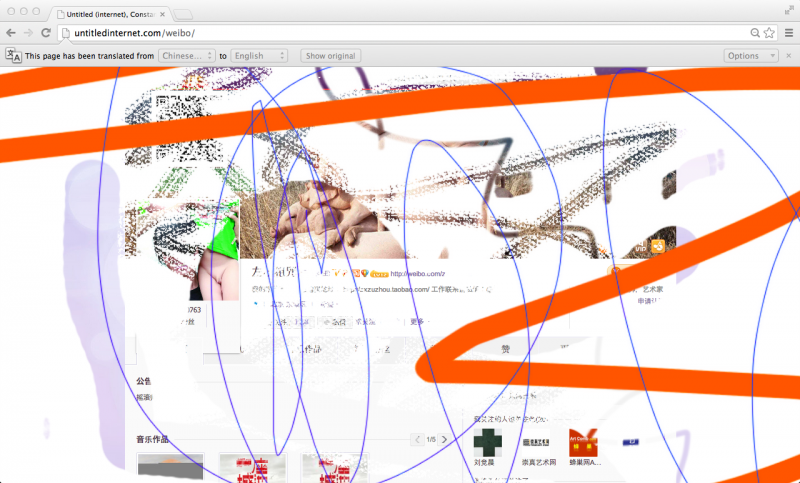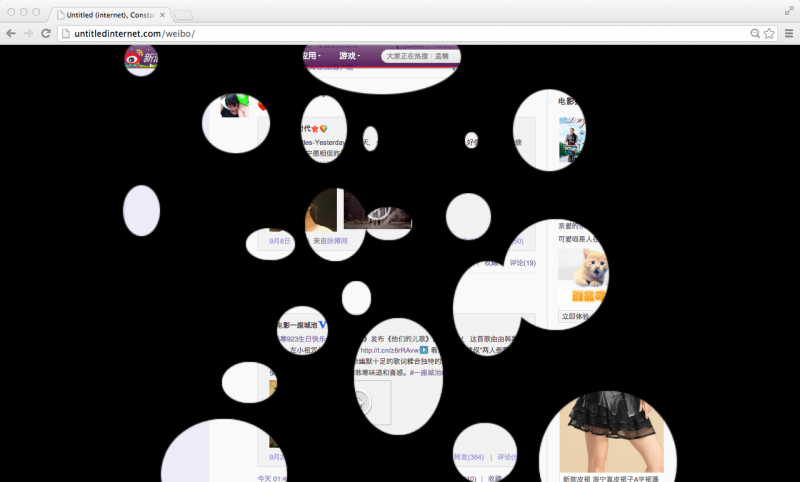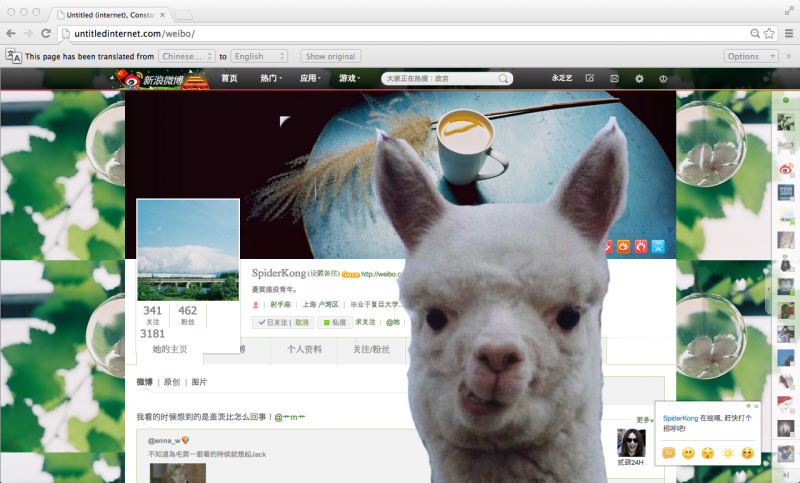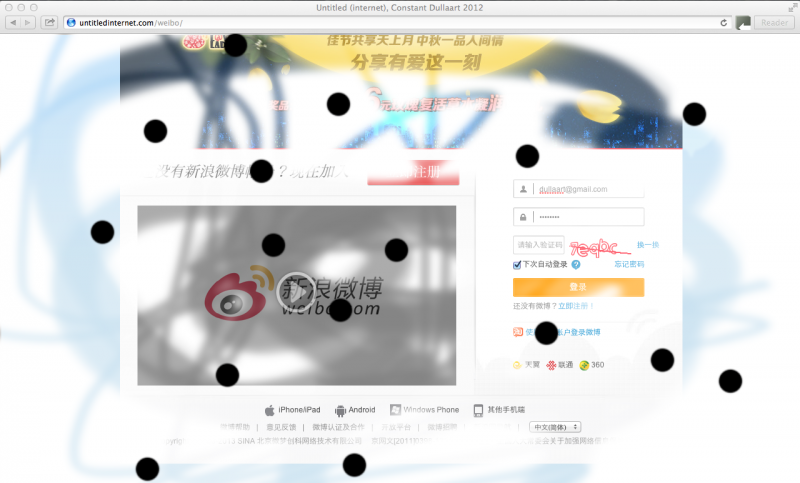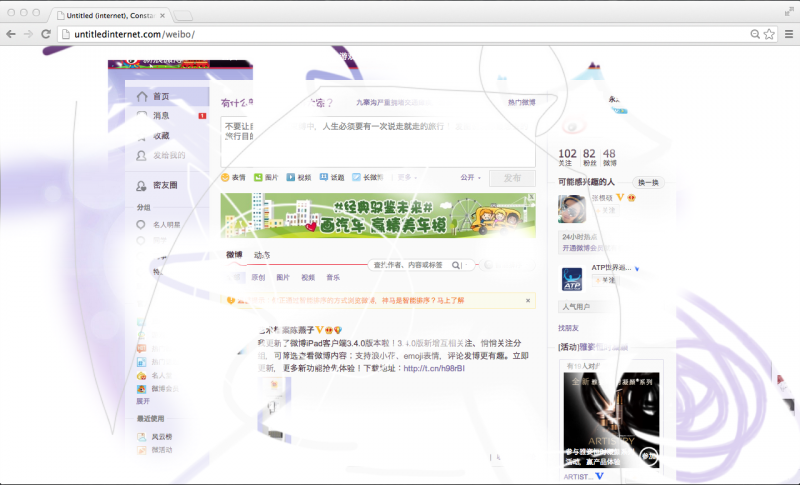Céline Manz wrote her thesis on the friction between art and law when it comes to copying and appropriating - a rather relevant expression for art to emerge and develop. Being at risk for being sued when using certain images or trademarks (think about the case of Louis Vuitton against Nadia Plesner who "used" imagery of Louis Vuitton) Manz offers two options: either to stop using appropriated images or to continue using them - supported by “The Appropriator's User Guide”. If you prefer the second option, please continue reading.
General
What is the use of your appropriated material?
I appropriated material for
- Private use only => No authorization required
- Study or teaching purposes => No authorization, but credits required
- News reporting, to illustrate a review, a critic, to underline historical, biographical or scientific facts => If the material is unmodified, authorization is mostly not required, but the credits
- Other kind of use => I go on with this list
Do you have basic informations on the work you have appropriated?
- I know the author of the work
- I know the year the work has been made
- I know the nationality of the author
Has the right of the author or copyright owner expired?
List with the different countries copyright lengths [link]
Are you using unprotected material?
- My source is Public Domain, so I can use it as I like
- My source has a Creative Commons remix-license. The author has to be credited, but I can use CC-BY and CC-BY-SA for commercial purposes and CC-BY-NC or CC-BY-NC-SA for non-commercial purposes2
Did you check the copyright legislation of the work you used?
Search facility for national laws and treaties on intellectual property to find out the country's copyright law of the appropriated work [link]
Nature of appropriated content
Does my work contain potentially protected material by copyright?
Copyright is an automatic right which emerges with the creation of an original artistic work. The protection includes every original representation of authorship, despite its artistic merit, quality or value. An original creation of human mind is not limited to works of art, but can also be a technical guide, a manual, an engineering drawing etc.
Yes = permission required
My work contains for instance:
- Artistic works: paintings, photographs, sculptures, installations etc
- Literary works: Books, newspapers, magazines, catalogues etc
- Advertisements: Commercial prints, billboards, labels, logos etc
- Dramatic works: Dance, play, mime etc
- Audio and audiovisual performances etc
- Technical drawings: Maps, charts, globes, diagrams etc
- Motion pictures: Film, documentary, TV advertisement etc
- Works of applied art: Wallpapers, carpets, jewelry, fabrics, toys etc
- Digital content: Computer programs, animations, digital files etc
Yes = no permission required
My work is based on or uses:
- a general idea, method, style, procedure or concept
- historical, biographical or scientific facts or daily news
- law texts and/or the outcome of official government works
- quotes from protected works.No permission, provide the source of the quotation and mention the author
Yes = permission maybe required, if they're trademarked
My work uses:
- Names, titles, single words, headlines or other kind of short phrases
Note: A logo, single words or whole sentences can be trademarked!
Use of appropriated content
What do you need the appropriated material for?
Yes= permission required
I reproduce it for not private use. For instance under one of these forms:
- photograph
- photocopy
- digital scan
- digital copy
I provide public access or distribution, for instance:
- in an exhibition
- in a publication
- in an advertisement
- on a website
- as digital content in emails
- as a postcard
- as a flyer
- as a performance
- in a public screening
I use the work as a base for translation, adaption, modification or alternation
I will make financial benefit from it
Credits1
When do I need to credit the author and/or copyright owner?
I will display a work which is copyright protected in public, for instance:
- in an exhibition
- in an advertisement
- on a website
- |as digital content in emails
- as a postcard
- on a flyer
- in a publication
- as a performance
- in a public screening
Where can I find out who is the owner of the copyright?
- Copyright notice on the bottom, on the back, or along the image
- If the image or text has been published under a brand, it is most likely that the brand is the holder of the copyright
- If the author is not the owner of the copyright, permission of both can be required. In some cases, for instance, when using material from the website of a museum, both artist and museum need to give their permission.
Disclaimer
If a written permission can't be obtained, there is the possibility to add a disclaimer to the image. Important: This will not allow you to use the content – you could still be sued for infringement. But in case a third person makes unauthorized use of your work the disclaimer can limit your legal liability.
“This work/image/photograph cannot be modified for commercial or advertising use, nor can it be copied or reproduced in any form without the artist’s permission. Non-commercial use only.”3
The content of this checklist refers to content of the World Intellectual Property Organization WIPO (website) and the supplements given from Annelies Lesuis, lawyer at Crowd Creation Company and Copyright 2.0.
2Moral right of Authorship right: “The author's name appears in relation to the work whenever the circumstances allow you to” etc. OR alternatively ask the author for his permission to not credit him.
3Verbauwhede, Lien: Legal Pitfalls in Taking or Using Photographs of Copyright Material, p. 10
Celine Manz her thesis "What do you know about art, you're not a lawyer" [Read]
